We took Olle and Luisa up west for the day on Friday, with MacAusland’s Woolen Mill as the primary destination. It’s a wonderful place, and somewhere everyone should visit.
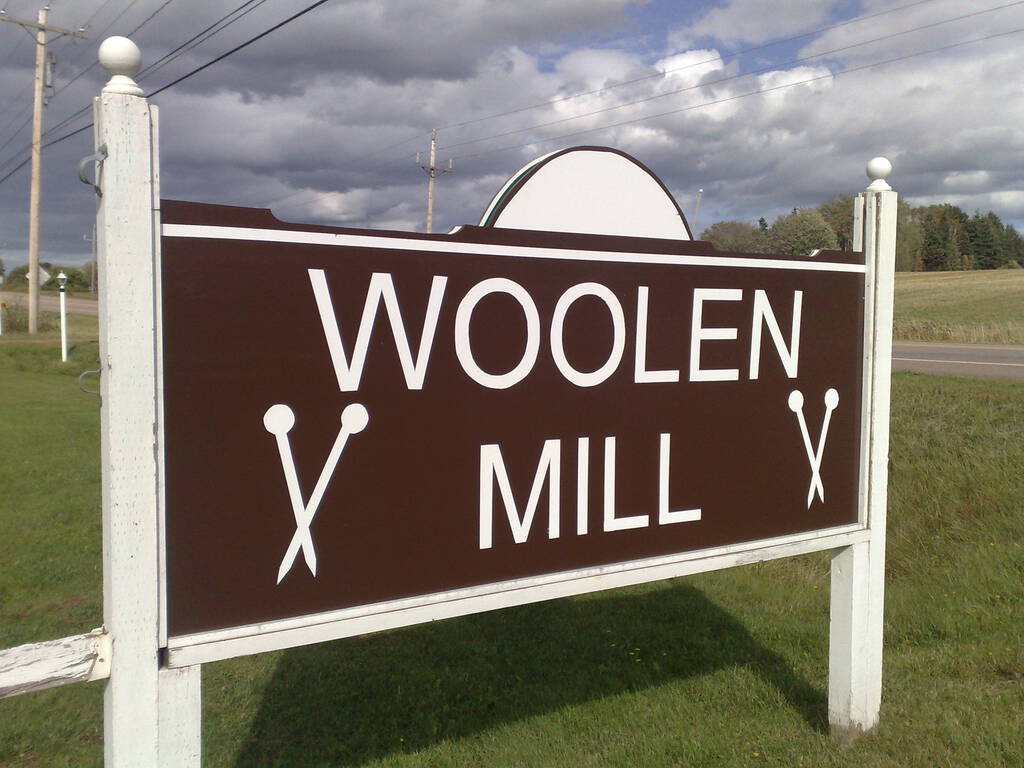
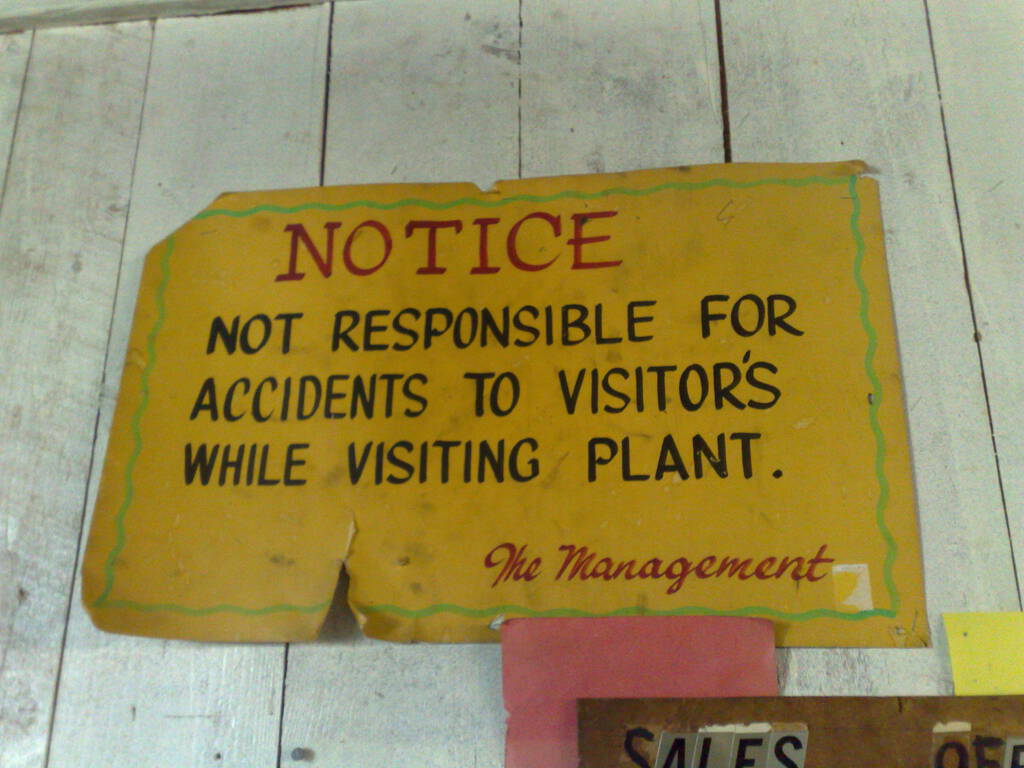
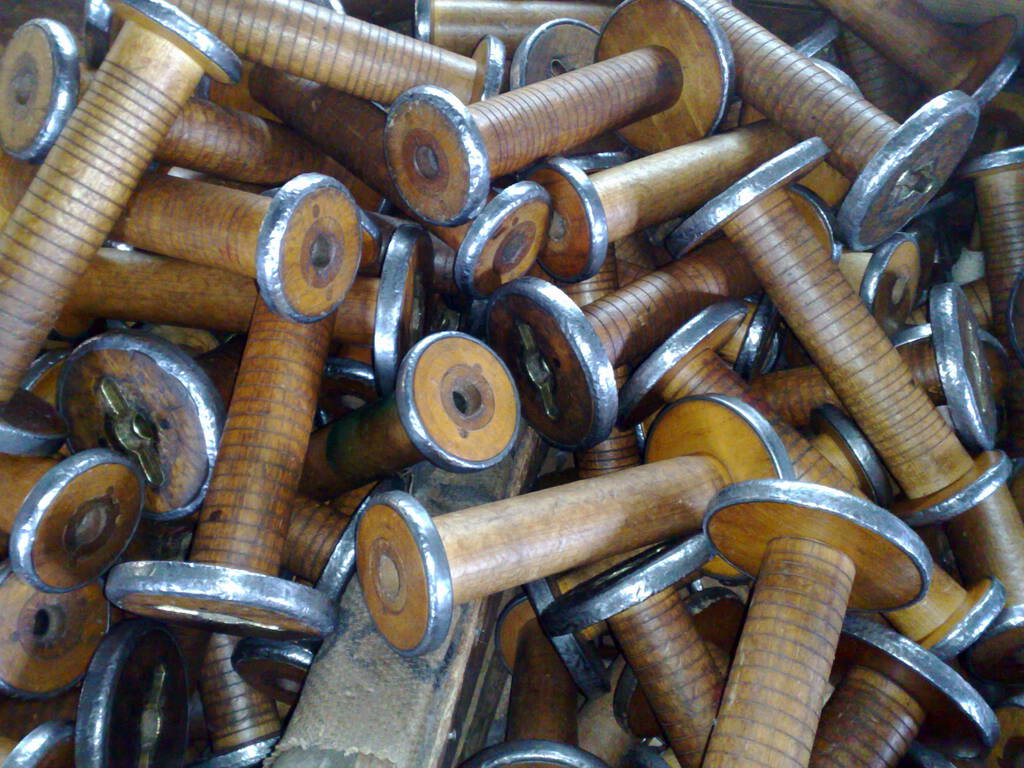
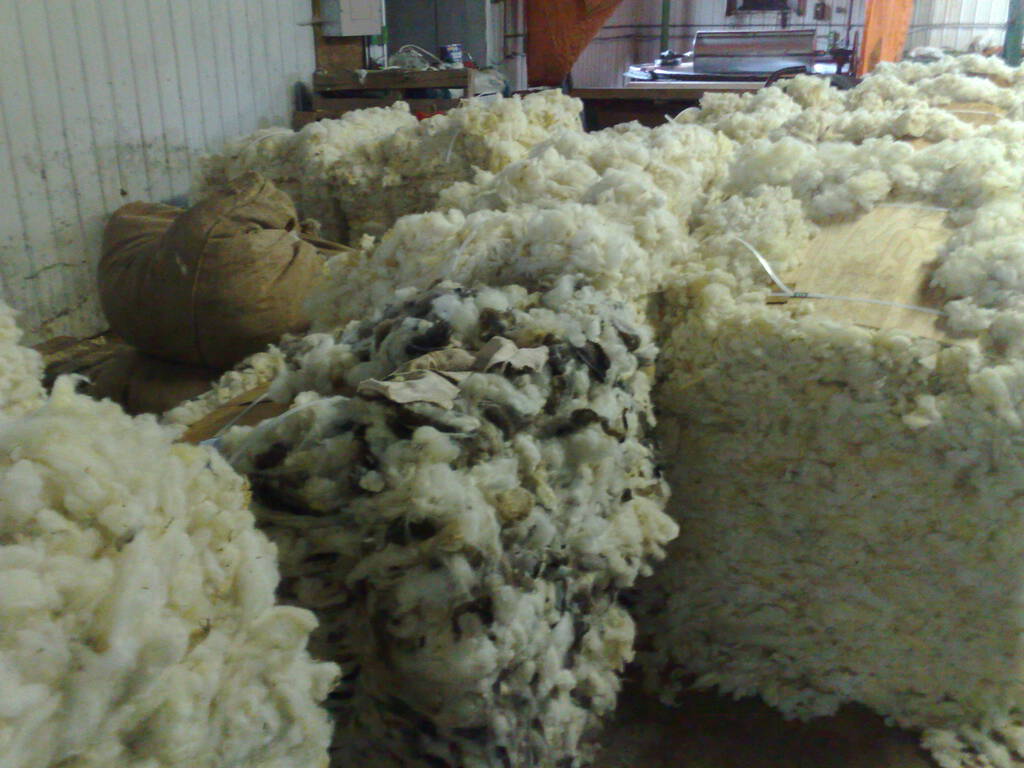
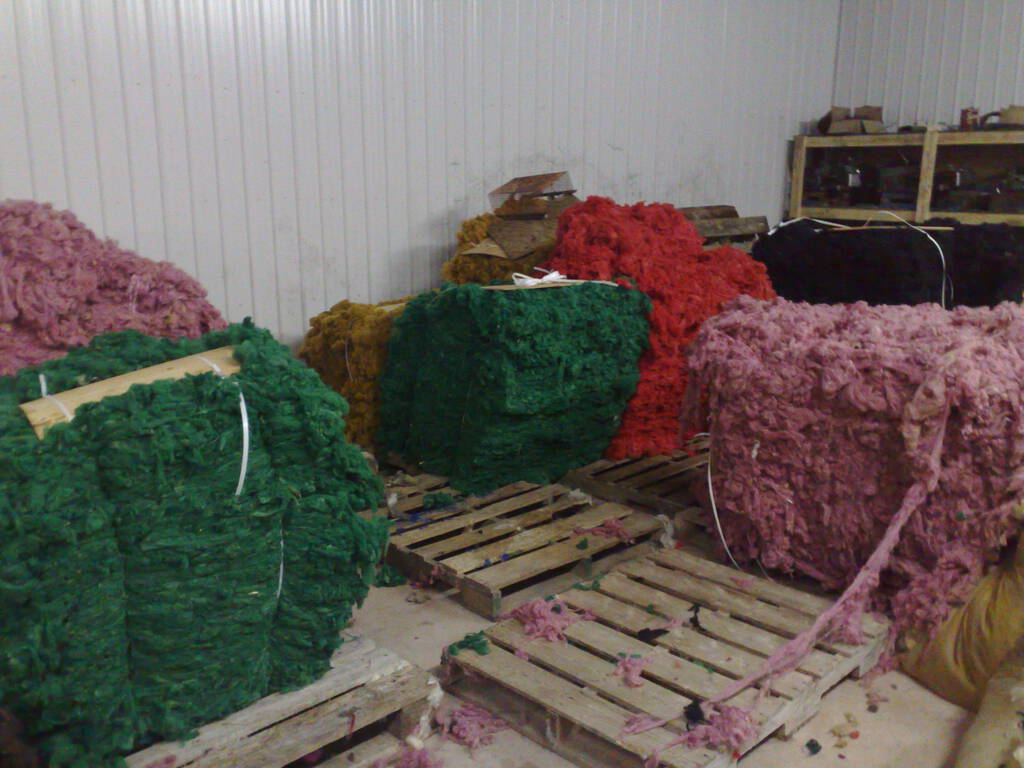
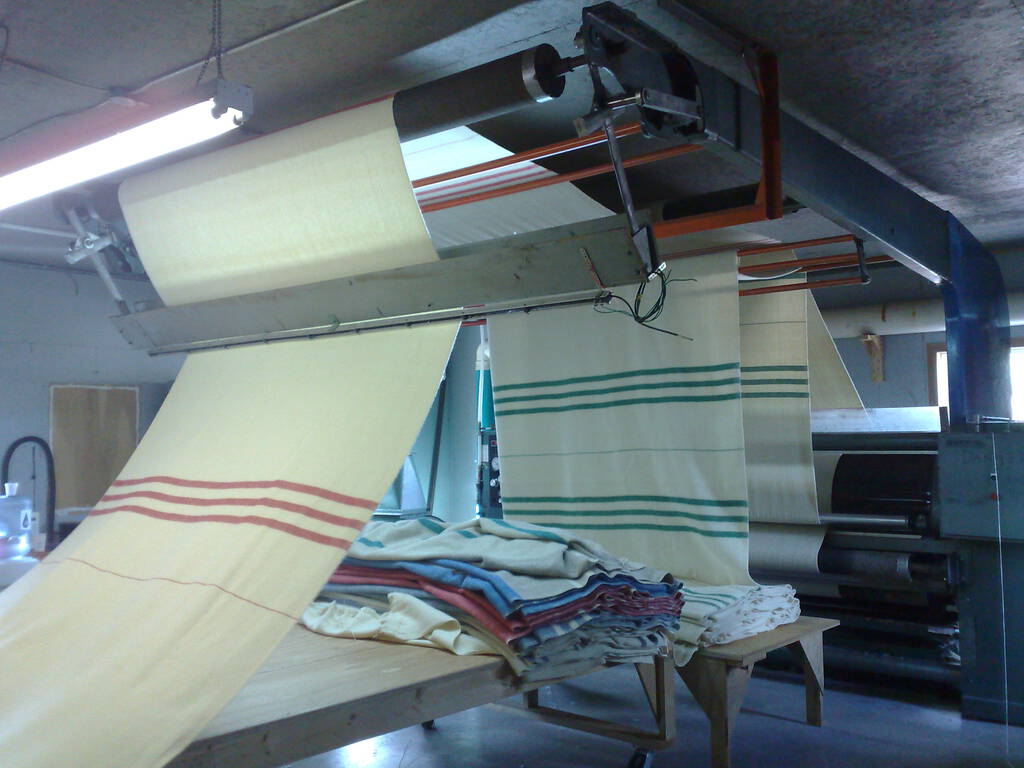
In a fit of educational patriotism, I’ve managed to end up as Treasurer of the “Parents of Prince Street,” the home and school association at Oliver’s school. We had our first executive meeting of the year yesterday, and the first general meeting (for parents, guardians, and others) will be Tuesday, October 7th at 6:30 p.m. at the school.
The focus of the meeting will be discussion of the Provincial Enrollment Study, its implications for Prince Street School, and how the home and school association should formally respond.
Apparently there is now “political will” on Prince Edward Island to start closing schools, and the Enrollment Study is the founding document of this effort, and of a broader effort to re-zone and rationalize the Island’s school infrastructure. It seems like most everything is on the table: closing schools, changing the grades offered by individual schools, changing the school that students in a given neighbourhood attend and so on.
It doesn’t take much imagination to realize that something significant is going to change in downtown Charlottetown, where we have five elementary schools in very close proximity:
These five schools — Prince Street, St. Jean, West Kent, Parkdale and Spring Park — are projected to have a combined enrollment, in 2012, of 888 students in attending schools with a combined capacity of 2,300 (it was noted at our meeting that the “capacity” numbers in the Enrollment Study are theoretical only, and don’t account for alternate uses of classroom space that have evolved over the years for things like libraries, computer labs and so on).
There’s no doubt that there’s going to be “school nationalism” in evidence in the year ahead as those with strong connections to their local school rally for it to be “saved,” regardless of practical concerns. But, as we’ve seen with the efforts by parents in the Souris area, this doesn’t need to be the case, and a proactive move by parents to look honestly and thoughtfully at the school infrastructure and propose plans which work will both for educational concerns, and for neighbourhoods can result in a way forward that doesn’t necessarily mean school-on-school in-fighting.
If you’re a parent at Prince Street, I encourage you to come out on Tuesday to discuss these issues, and learn more about the possibilities.
Oliver asked me what sort of music Sigur Rós plays (we bought their Ba Ba Ti Ki Di Do in Reykjavik). I told him “maybe it’s called ‘electronica’ ” without much confidence. It seems perhaps that they actually play post-rock, described by Wikipedia as:
A genre of alternative rock characterized by the use of musical instruments commonly associated with rock music, but using rhythms, harmonies, melodies, timbre, and chord progressions that are not found in rock tradition. It is the use of ‘rock instrumentation’ for non-rock purposes.
We arrived back from Iceland in Halifax late last night, having met up with Olle and Luisa, en route from Copenhagen, in Keflavik. We stashed ourselves at the Quality Inn by the airport, and then took a swing through Halifax proper this morning. Coffee at Cafe Ristretto, lunch at Wooden Monkey, then drive and ferry home for supper at The Noodle House. Not a bad introduction to the east coast culinary scene.
Tomorrow we rejoin our regularly scheduled programming.
We’re off to the bus station in a few minutes. I’m a little groggy as I decided to catch the 10:30 p.m. showing of I’ve Loved You So Long at the Reykjavik International Film Festival (very good movie and redemption for Kristin Scott Thomas).
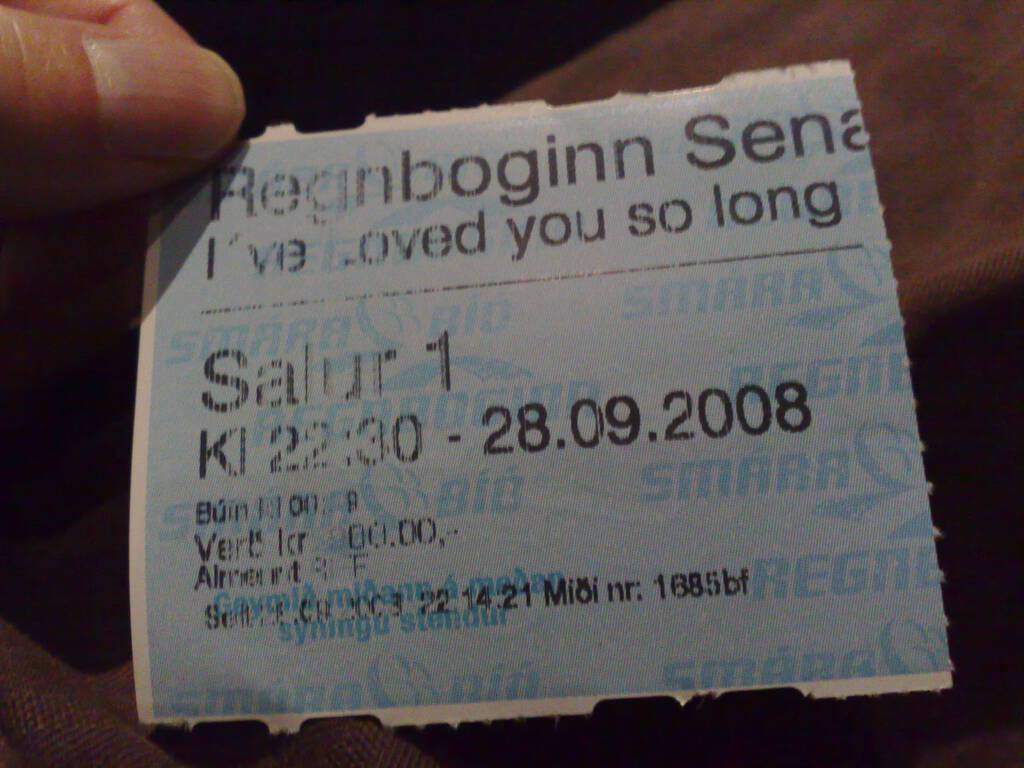
This morning we went for one last coffee, at the organic, fair trade, worker cooperative Kaffi Hljómalind:
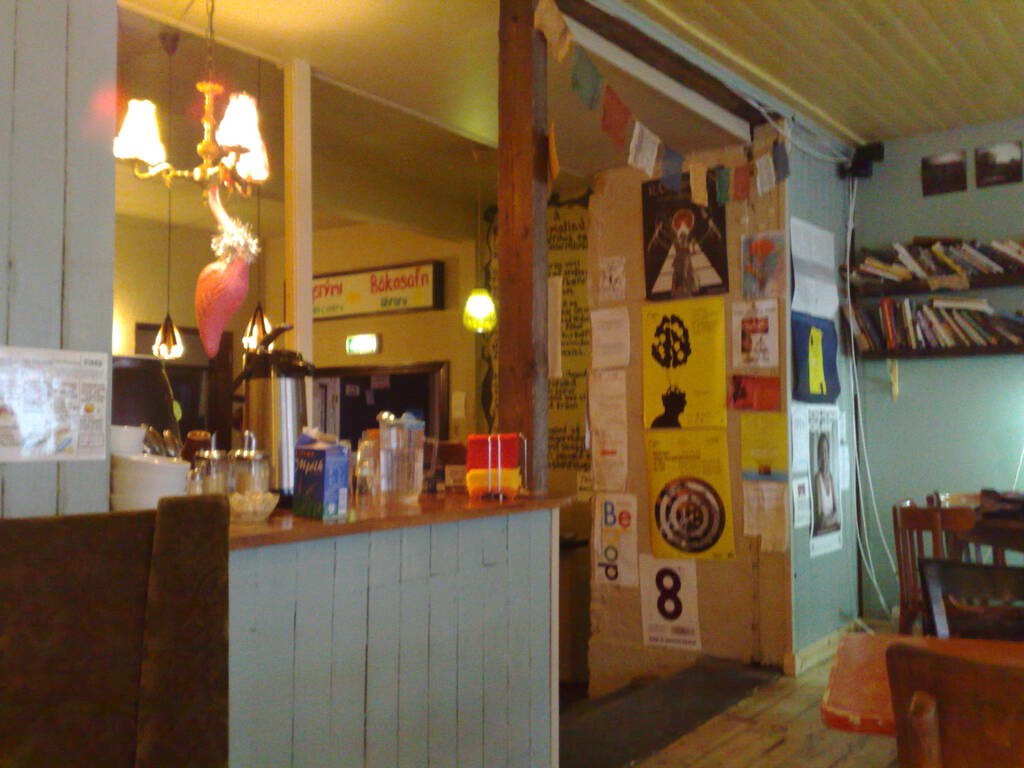
We stopped at 12 Tónar to buy some music (Oliver developed a last-minute taste for Icelandic electronica) and we’re busy cleaning up the operation here before heading off (well, I’m blogging while Catherine and Oliver patiently wait for us to leave…).
See you on the other side.
We started off today, our last full day in Reykjavik, with coffee at Babalú, a pleasantly eclectic café just up the street on Skólavörðustígur. Coffee was acceptable, service was really pleasant, and the strawberry crepe for Oliver was a tour de force.
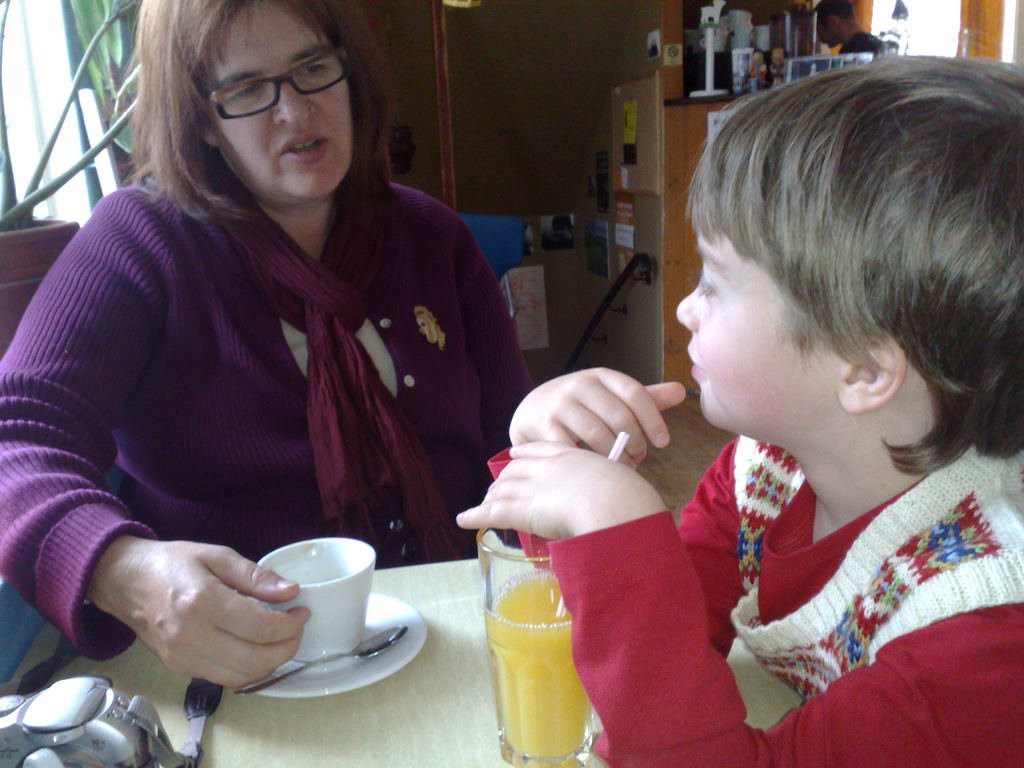
Next it was down the hill to the port for the weekend flea market: flea markets are obviously the same the world-over, and we found the usual collection of 10 year old VHS tapes, old clothes and postcards, and military regalia.
From the flea market it was a quick walk to Reykjavík 871±2, a museum that proves that value of doing one thing and doing it really, really well. The museum exists because, during renovations of a downtown building, the remains of a house from 871 (or thereabouts, hence the name) were found. The renovation proceeded, but the plan for the basement was changed to include the preservation of the site and conversion to a museum.
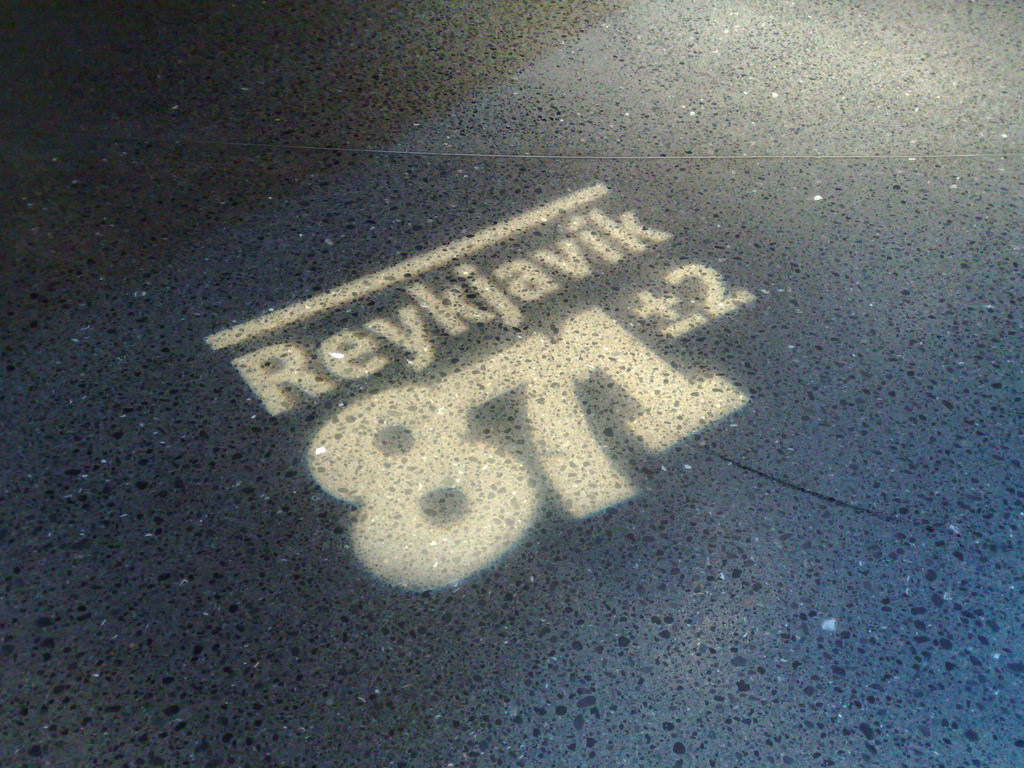
It’s hard to do justice to the museum: the structure is at its heart, surrounded by a panorama of Reykjavik implanted with video screens that show reenactments of practises of the day:
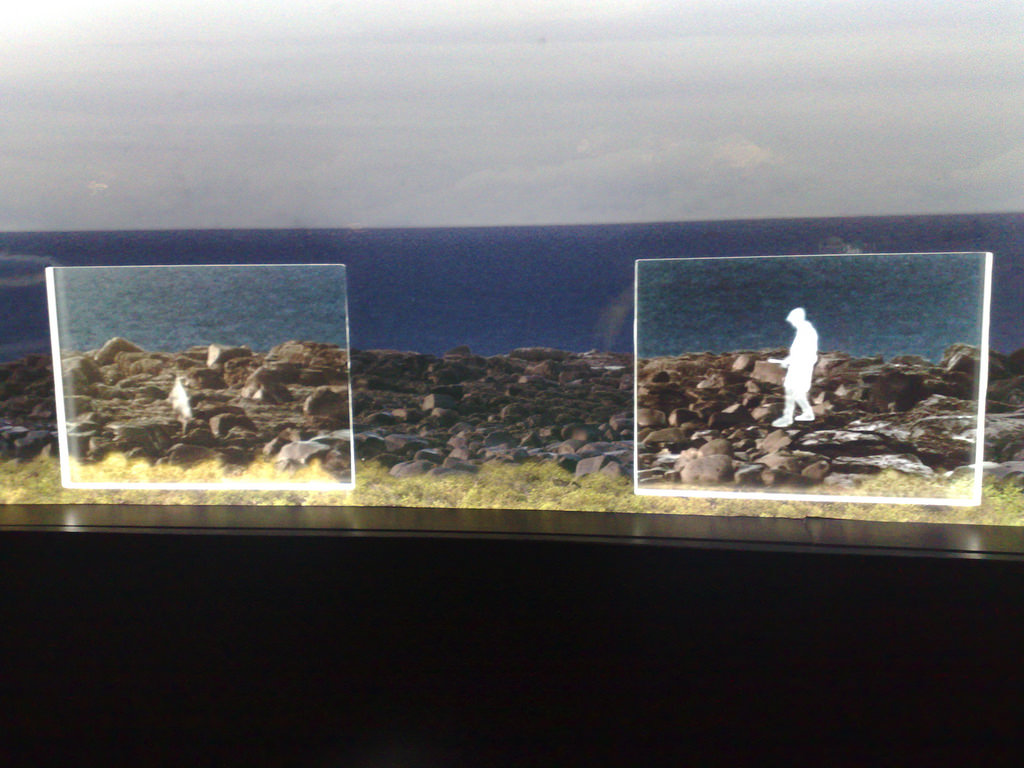
Walking the full tour around the structure you learn both its story, and the story of the settlement of the city. The technology is subtle and actually enhances the storytelling, a rare thing in museums these days. Highly recommended site.
To squeeze every last drop from our “Welcome Card,” (and because we thought there was a guided tour in English; alas there wasn’t) we walked up the shore of Lake Tjornin, past City Hall…
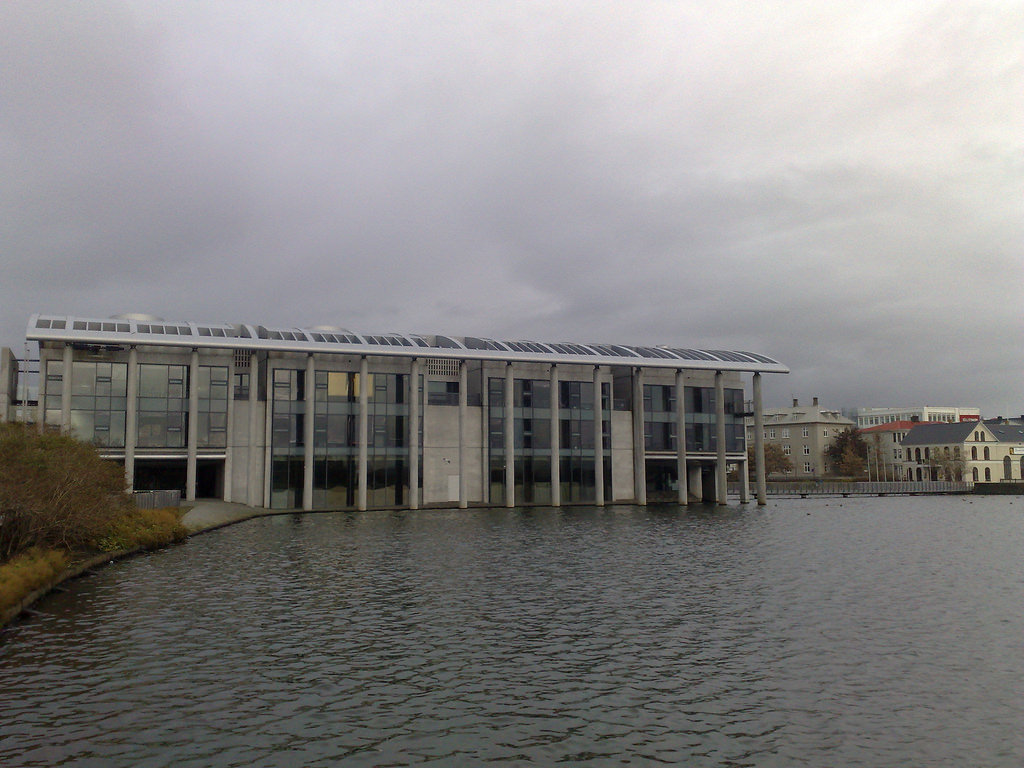
…and on to the National Museum:

This museum’s focal point is a permanent exhibition on the history of Iceland, and it should be the model that other jurisdictions follow to tell their stories. Using its collection as the jumping off point and, like 871±2, injecting technology where it helps to tell the story, the museum does an excellent job of covering Iceland’s history from settlement to the present day. So you start your tour at settlement, move through rule by Norway and Denmark, Catholicism and the Reformation, the Black Death, the Haze Famine, the road to independence, and end up with a mobile phone and a Dell laptop.
The text of the panels in the museum is breezily written, the objects from the collection are meted out with efficiency, and when I emerged I felt I’d received a solid introductory overview in Icelandic history. Again, a recommended stop on any visit to the city.
After a quick stop at our apartment, we decided to take one last plunge into the water, and walked back out toward and past the National Museum to Vesturbæjarlaug, another of the city’s network of geothermal pools:
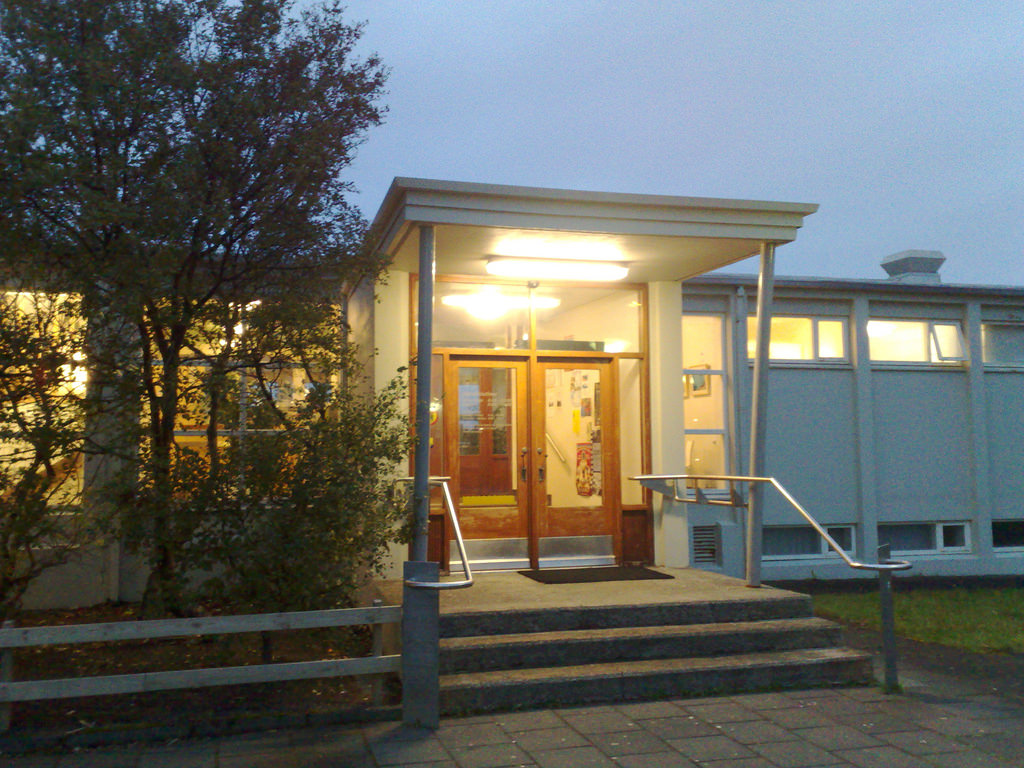
Laugardalslaug, where we swam last night, was a shining, modern showpiece facility; Vesturbæjarlaug had more of a neighbourhood feel. We spent a pleasant hour between the shallow children’s pool and the coolest of the 4 hot pots (36 degrees, as opposed to 44 degrees at the high end), and had a nice chat a local about geothermal energy and the cities of Canada.
Refreshed, we headed off into the drizzly Reykjavik sunset, stopping to pick up a few groceries to supplement our dinner of leftovers. Tomorrow we stash our luggage at the bus terminal, do a little last-minute shopping, and then head out to Keflavik on the bus to rendezvous with Olle and Luisa, en route from Copenhagen, to fly to Halifax.
We’re installed at our apartment in central Reykjavik (it’s exactly as described: central, bright and nicely furnished — it’s also much less expensive than a small hotel room and 3x the size).
After an excellent trout dinner cooked by Catherine (she thinks it was trout: our local fishmonger didn’t speak English, and the best Catherine could get was that it was a fish that swam in a river) and some TV (Rachel Ray with Icelandic subtitles!) we all fell fast asleep.
This morning after a quick breakfast of muesli and Skyr (“a remarkable dairy product unique to Iceland”) we walked around the corner to the tourist information centre to pick up a Reykjavik Welcome Card — 1,700 kronur for 48 hours worth of public transit, museum admissions, and access to public pools.
After a quick coffee we immediately put the cards to use by walking up Laugavegur to the Hlemmur bus station to catch bus #19 out to the Reykjavik Zoo & Family Park.
Along the way, a black and white cat walking along the sidewalk somehow managed to run between Oliver’s legs, causing Oliver to trip and fall flat on his face. By the time any of us knew what had happened, the cat had disappeared. Oliver was fine, but he may never go near a cat, or at least a black and white cat, or at least a black and white ghost cat again.
The Zoo, more “farm” than “zoo” to be true, was obviously in its off-season mode: almost deserted, many animals off on vacation or otherwise hidden, and most of the “family park” shuttered for winter. There was a tiny temporary science museum; this delighted Oliver, and it was certainly the highlight of the visit. It was standard stuff from the Exploratorium play-book, some of it was broken, and the space was dark and uninviting; fortunately Oliver is easily impressed.
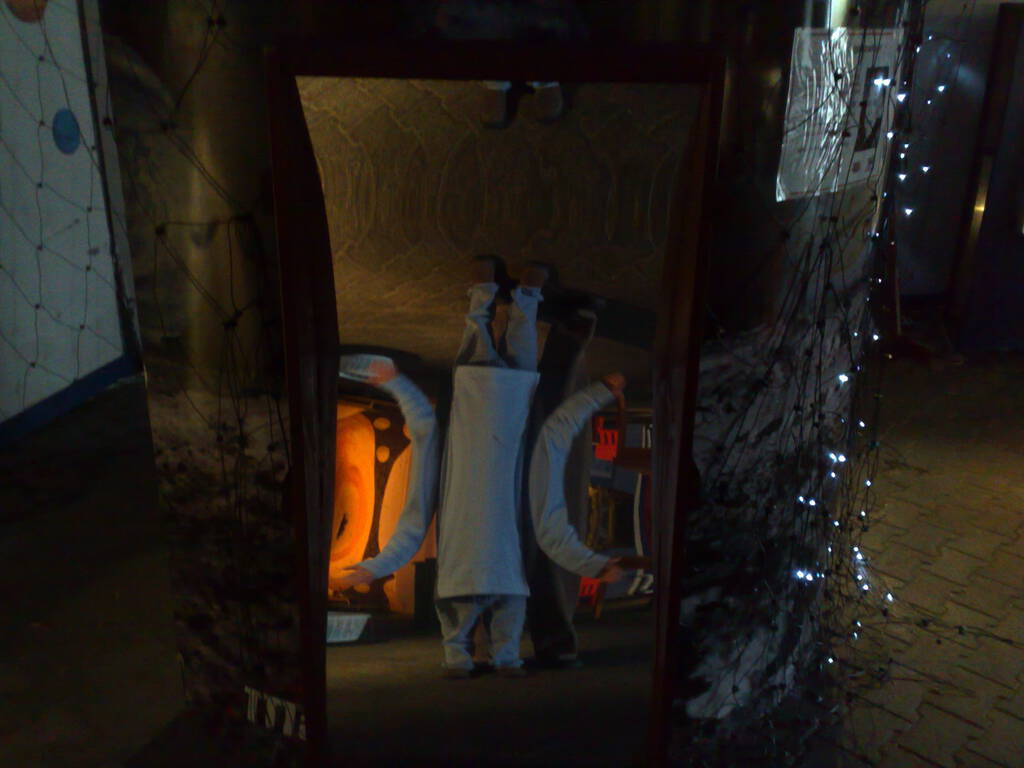
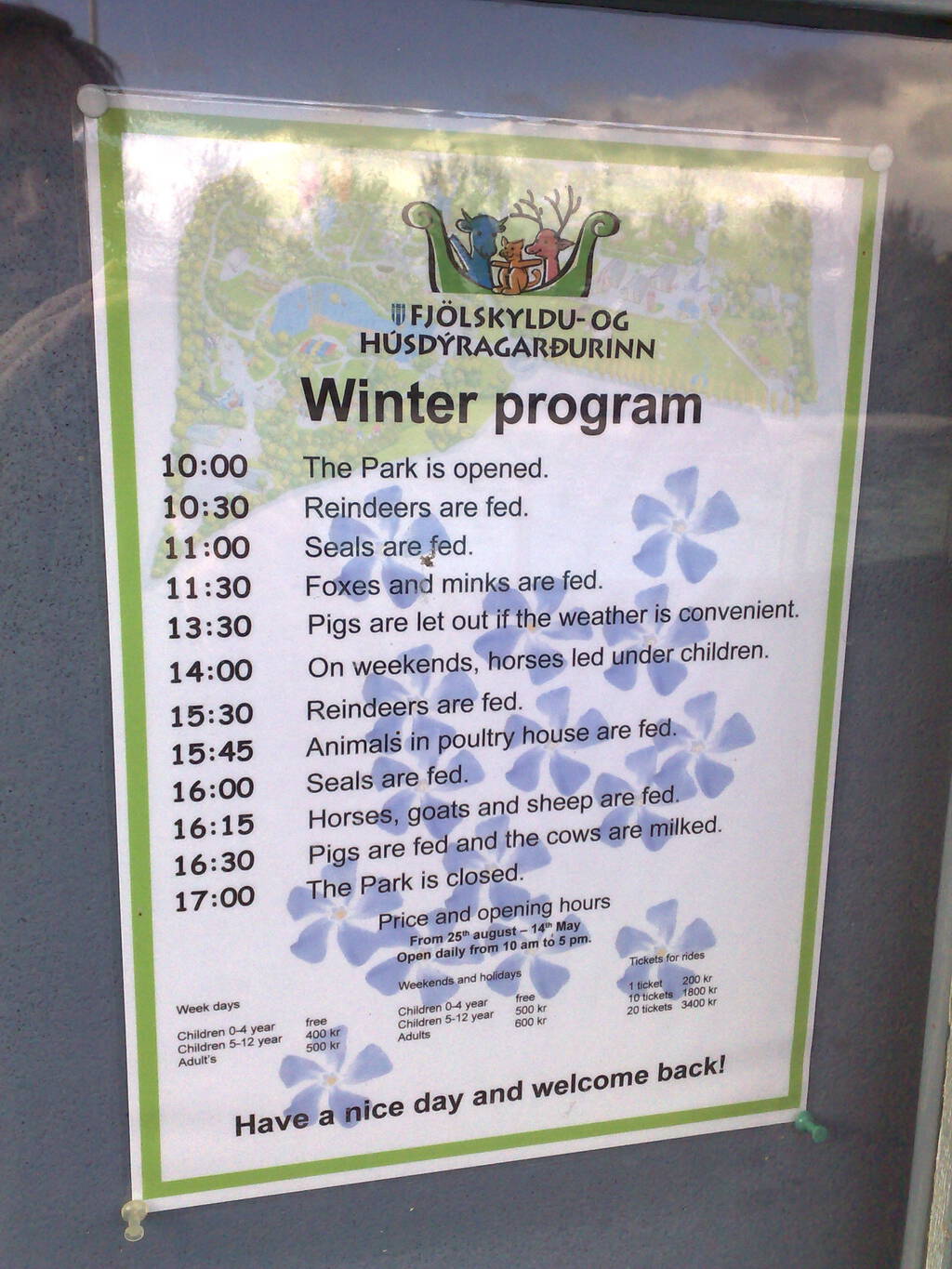
From the Zoo we walked out along the Botanical Garden and past the sports stadium and the Laugardalslaug pool and caught bus #14 back through the downtown and out to the port to see the Reykjavik Maritime Museum. Oliver is a maritime museum veteran, having visited them in Halifax and Genoa before; this one didn’t add much to the experience: your standard ships models, tales of the hard life at sea, pictures of dried fish, etc. The best part of the museum is its recreation of a wharf scene, complete with realistic-looking dock workers; otherwise, we wouldn’t have minded giving it a pass.
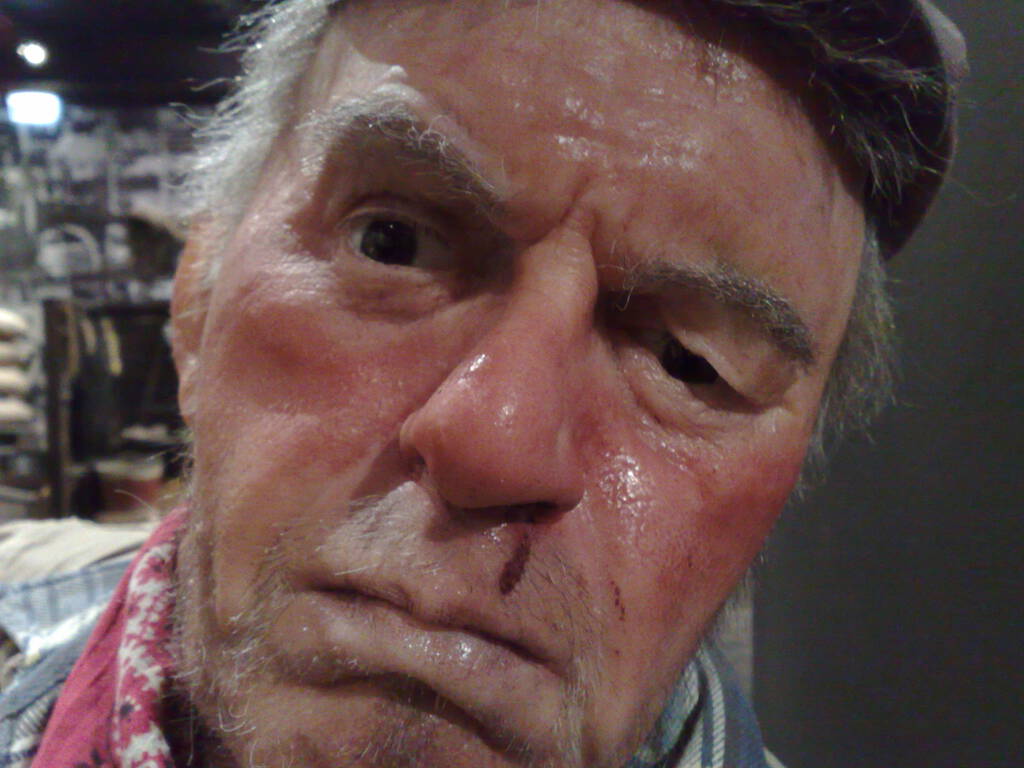
By now it was mid-afternoon. We debated going to yet another museum — the 871±2 was right around the corner — but we opted instead to take advantage of the open stores to do a little shopping. Although my eyes danced with visions of exotic Cintamani outdoor-wear, it was not meant to be: I have neither the physique nor the wallet to support it. Catherine, however, succeeded in finding some raw fleece from Icelandic sheep at the Handknitting Association store around the corner, she was very happy.
After a quick stop back at the apartment we suddenly realized that it was getting late in the day and we jumped into action to assemble our packs with necessary gear to go swimming. We decided to go back out to Laugardalslaug, the pool we’d passed earlier in the day. Bus #14 would have taken us right to the door, but we missed it by 2 minutes; fortunately bus #12 stops a block away, so by 6:15 p.m. we were walking in the front door.
To imagine what Laugardalslaug is like (assuming you live in PEI), take the CARI Pool and then quadruple it in size, add a competition pool outside, with grandstands, and, also outside, an expansive 1 metre deep children’s area beside two large round hotpots that can hold 20-30 people each. Add in a fitness centre, restaurant, sauna, steam bath and hot dog stand. Oh, and an 86-meter-long water slide.
As detailed on the offical tourism website, using the public pools in Iceland involves some strict rules: most notably that you must get undressed, walk to the shower without your bathing suit on, shower thoroughly with soap, and only then suit up and head out to the pool.
All this nudity makes perfect sense, but it does cause issues for some. I’m an old hand at the nakedness — when I first joined the YMCA (when I was Oliver’s age) the “M” meant Men’s and we all showered naked (the men actually swam naked). Oliver is nonplussed by nakedness of any sort, so he was happy to follow along (he didn’t like the showering part, but that was his regular shower-aversion).
My only fault along the Soup Nazi empooling routine was forgetting to leave our towel in the rack provided in the shower room — I took it out to the pool with us, realized that nobody else had a towel, and quickly ran back inside before it was too late.
The pool itself was Maximum Fun: we lolled about the outdoor shallow kids’ pool with lots of other families, playing catch, hanging on to floating dragons and enjoying the warm water (more pleasant still when you looked at the outside air temperature of 8 degrees C flashing on a display).
I’m not a waterslide kind of guy — or so I thought. I had to give it at least one go, and it was so much fun that I did it five more times in a row. It’s a little cold climbing up the concrete stairs — sheltered from the wind but not from the cold concrete. Once you’re hurtling down the slide, the sheer terror of it all negates any effects of the cold, and before you know it you’re plunging into a warm pool of water at the bottom.
Oliver was unwilling to attempt the Big Slide (probably wise; he might have been scarred for life), but he did take a go at the Little Slide, a huge leap of bravery for him, as he’s slide-averse on dry land at the best of times. Coming down the slide I saw as close to a look of unmitigated panic as I’ve ever seen on his face, but Catherine caught him at the bottom, and although he didn’t want to go again, he seemed happy at the accomplishment.
After about an hour, and a soak in the hot pot, we headed back into the locker room to reverse the nakedness procedure, the Big Rule on this end being dry yourself off before you head out of the shower.
On the way out of the pool we noticed the hot dog stand, and Oliver, to this point free of this Icelandic delicacy, allowed that he’d like one. Catherine joined him. They seemed to enjoy the experience. Back on bus #14 we were home in 15 minutes and are now all utterly exhausted. Tomorrow we rise again…
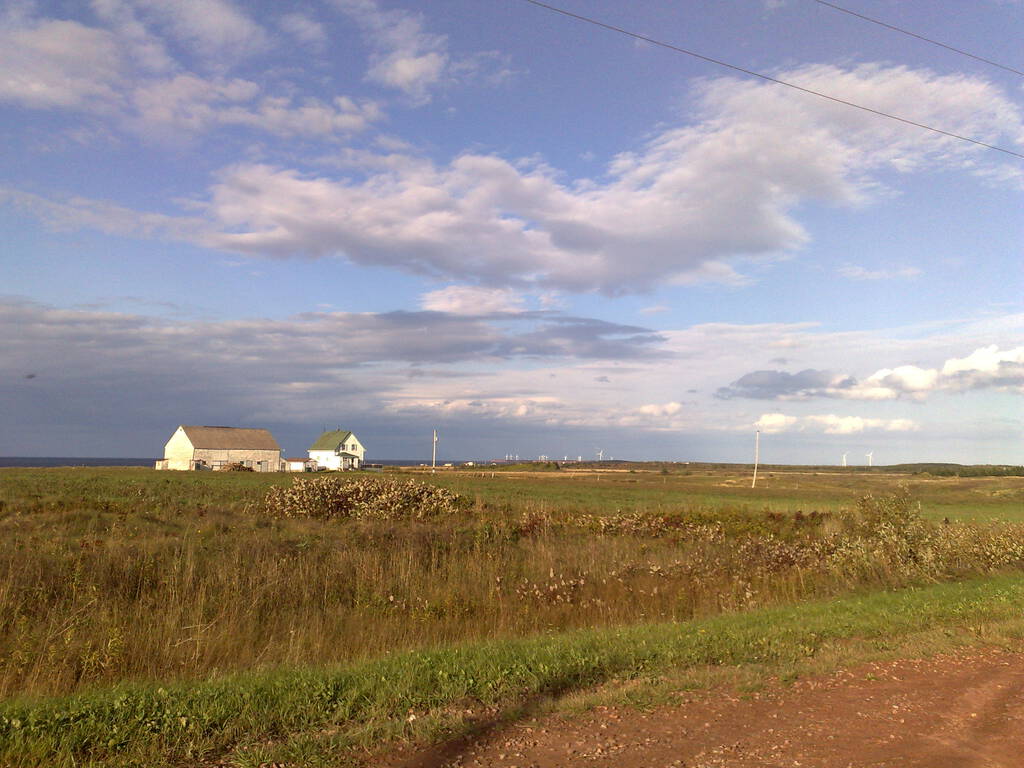

 I am
I am